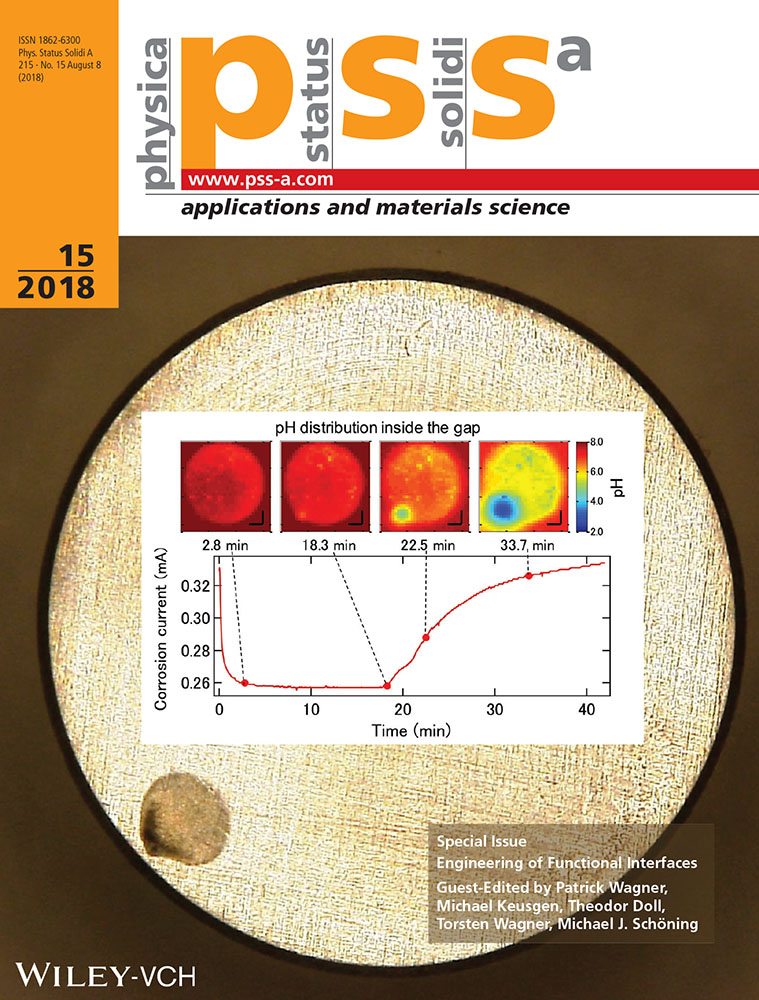Nanoparticles and Liposomes for the Surface Modification of Implants: A Comparative Study of Spraying and Dipping Techniques
Abstract
Polysiloxane and polyurethane are one of the most commonly employed synthetic polymers for medical devices. Both materials are inexpensive and can be modified easily. The layer-by-layer technique is a well-documented method for surface modification. There are only two ways to modify large surface areas i.e. dipping and spraying. Both methods can be used to create anti-adhesive, antibacterial and anti-inflammatory layers. Particle density on the surface is an important parameter for preventing biofilm formation, bacterial adhesion and release of active agents. There should be an optimal number of particles covering the coated surface due to its direct correlation with the release of active agent (per time) and contact area with bacteria. Preliminary studies using regular dipping technique of layer-by-layer method have not produced substantial particle densities. Therefore, spraying method is employed using an atomiser to produce a fine mist containing norfloxacin-loaded nanoparticles and liposomes. An optimal density of particles on the implant surface together with a homogeneous distribution is achieved using this method.
Conflict of Interest
The authors declare no conflict of interest.




